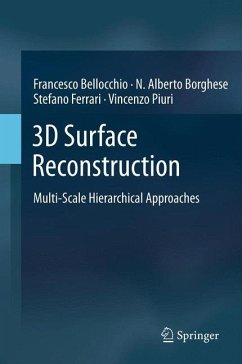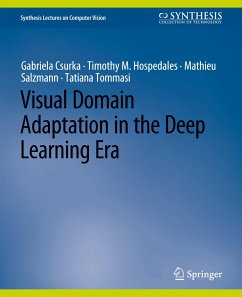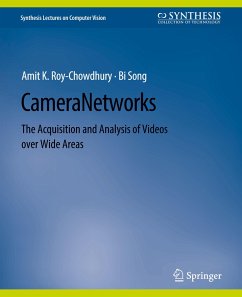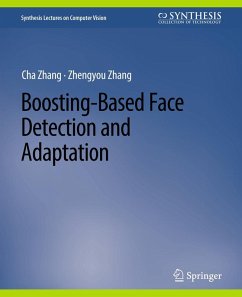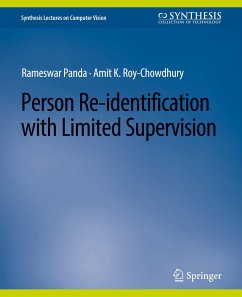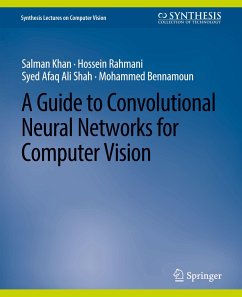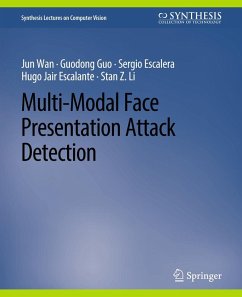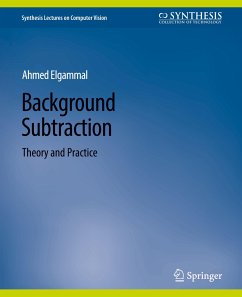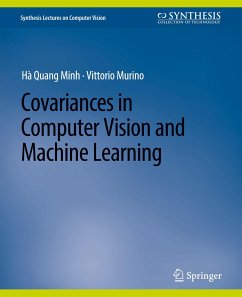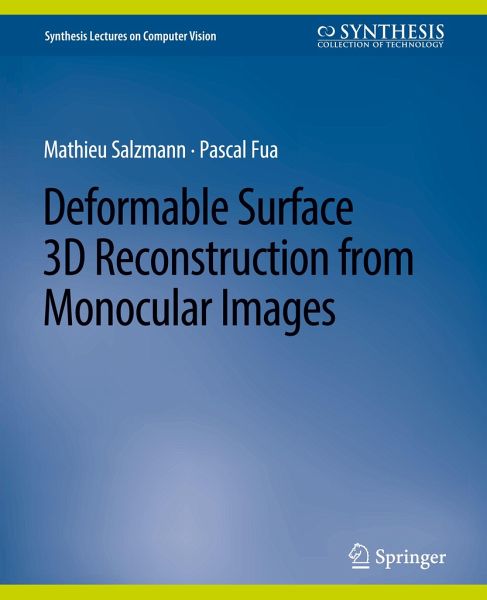
Deformable Surface 3D Reconstruction from Monocular Images

PAYBACK Punkte
0 °P sammeln!
Being able to recover the shape of 3D deformable surfaces from a single video stream would make it possible to field reconstruction systems that run on widely available hardware without requiring specialized devices. However, because many different 3D shapes can have virtually the same projection, such monocular shape recovery is inherently ambiguous. In this survey, we will review the two main classes of techniques that have proved most effective so far: The template-based methods that rely on establishing correspondences with a reference image in which the shape is already known, and non-rig...
Being able to recover the shape of 3D deformable surfaces from a single video stream would make it possible to field reconstruction systems that run on widely available hardware without requiring specialized devices. However, because many different 3D shapes can have virtually the same projection, such monocular shape recovery is inherently ambiguous. In this survey, we will review the two main classes of techniques that have proved most effective so far: The template-based methods that rely on establishing correspondences with a reference image in which the shape is already known, and non-rigid structure-from-motion techniques that exploit points tracked across the sequences to reconstruct a completely unknown shape. In both cases, we will formalize the approach, discuss its inherent ambiguities, and present the practical solutions that have been proposed to resolve them. To conclude, we will suggest directions for future research. Table of Contents: Introduction / Early Approaches toNon-Rigid Reconstruction / Formalizing Template-Based Reconstruction / Performing Template-Based Reconstruction / Formalizing Non-Rigid Structure from Motion / Performing Non-Rigid Structure from Motion / Future Directions




